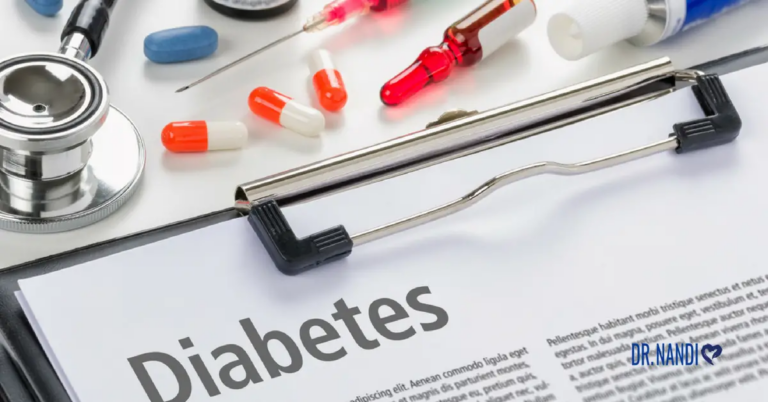Blood disorders are conditions that affect red and white blood cells, and the smaller circulating cells known as platelets. All three cell types originate within the bone marrow, the soft tissue inside your bones, and blood disorders can prevent these cells from operating correctly. Blood disorders can also impact plasma, the liquid part of blood, which carries cells throughout the body. (1)
Depending on the type of disorder, symptoms can vary but may include:-
- General fatigue
- Lack of concentration
- Increased heartbeat
- Chronic infections
- Blood clotting issues
- Easily bruised skin
- Sudden or unexplained bleeding from the nose or gums
Red Blood Cell Disorders
Red blood cells carry oxygen to the body’s organs and tissues. Examples of red blood cell disorders include:-
- Anemia – A deficiency in the number of red blood cells.
- Aplastic Anemia – When bone marrow fails to produce red, white and platelet blood cells.
- Sickle Cell Anemia – A hereditary condition that occurs when clumps of cells block the flow of blood to organs and limbs. Approximately 100,000 Americans have Sickle Cell Disease. (2)
- Thalassemia is an inherited group of blood disorders caused by genetic mutations that disrupt the production of hemoglobin. When red blood cells lack hemoglobin, oxygen is unable to get to all parts of the body. As a result organs fail to function properly. (3)
- Polycythemia vera is a rare blood disease that causes the body to make too many red blood cells leading to blood being thicker than normal. Clots can form and may lead to a heart attack or stroke. (4)
White Blood Cell Disorders
White blood cells help fight against infection within the body and are part of the immune system. Disorders include:-
- Lymphoma – A type of cancer that occurs in the lymphatic system causing white blood cells to mutate and grow out of control. The two main types of lymphoma are Hodgkin’s lymphoma and non-Hodgkin’s lymphoma. (5)
- Leukemia is a cancer of the blood. Malignant white blood cells grow inside bone marrow and prevent normal cells from working properly. Chronic leukemia progresses slowly while acute leukemia is more aggressive and can advance quickly. (6)
- Myelodysplastic syndrome (MDS) is a disorder where too many immature cells are produced in the bone marrow and overrun healthy and mature cells. MDS is often called “pre-leukemia” because some patients may go on to develop leukemia. (7)
Platelet And Plasma Disorders
Blood platelets are tiny cells that stop and prevent further bleeding after injuries. They are carried around the body by plasma, the liquid portion of blood.
Disorders can occur when either not enough platelets are produced, or platelets that don’t clot correctly occur leading to excessive loss of blood. When too many platelets form major arteries may get blocked causing heart attack or stroke. (8)
Conditions include:-
- Hemophilia. (9)
- von Willebrand disease. (10)
- Deep vein thrombosis
Lifestyle Choices to Support Blood Health
Certain lifestyle factors and having a family history of blood disorders may put you at risk of developing one. Regular physicals and a good diet, using supplements and exercise as recommended by a medical professional, play an important role in lowering and combating risk in some of those conditions. For inherited blood disorders, this may not be possible without medications and treatments prescribed by a doctor. Identifying early signs and symptoms is imperative and should be investigated by a general practitioner as soon as possible. (11)
Sources
- https://www.britannica.com/science/blood-disease
- https://pubmed.ncbi.nlm.nih.gov/31413089/
- https://www.genome.gov/Genetic-Disorders/Thalassemia
- https://www.nhlbi.nih.gov/health-topics/polycythemia-vera
- https://lymphoma.org/aboutlymphoma/hl/
- https://www.mayoclinic.org/diseases-conditions/leukemia/symptoms-causes/syc-20374373
- https://www.mskcc.org/cancer-care/types/myelodysplastic-syndrome
- https://www.britannica.com/science/plasma-biology
- https://www.webmd.com/a-to-z-guides/understanding-hemophilia-basics#1
- https://www.healthypeople.gov/2020/topics-objectives/topic/blood-disorders-and-blood-safety
- https://my.clevelandclinic.org/health/diseases/3929-anemia


















